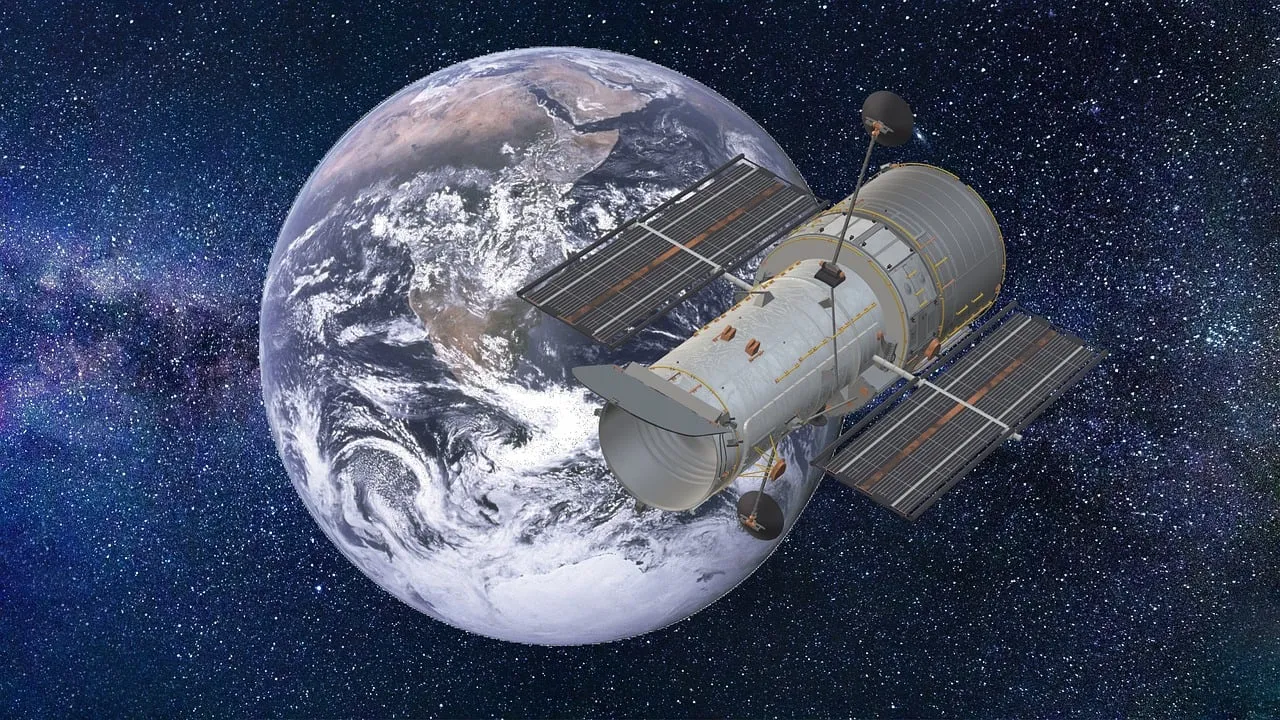Since its launch into the cosmic void in 1990, the Hubble Space Telescope has stood as a beacon of exploration, revealing the wonders of the universe and reshaping our understanding of the cosmos. Beyond its role as a celestial photographer, Hubble has been a catalyst for scientific revelation, contributing to groundbreaking discoveries in various realms of astrophysics. In this extensive exploration, we will embark on a cosmic journey, delving into the intricate tapestry of findings woven by the Hubble Space Telescope and the profound impact it has had on our comprehension of the universe.
Unveiling the Deep Cosmos
Peering into the Cosmic Past
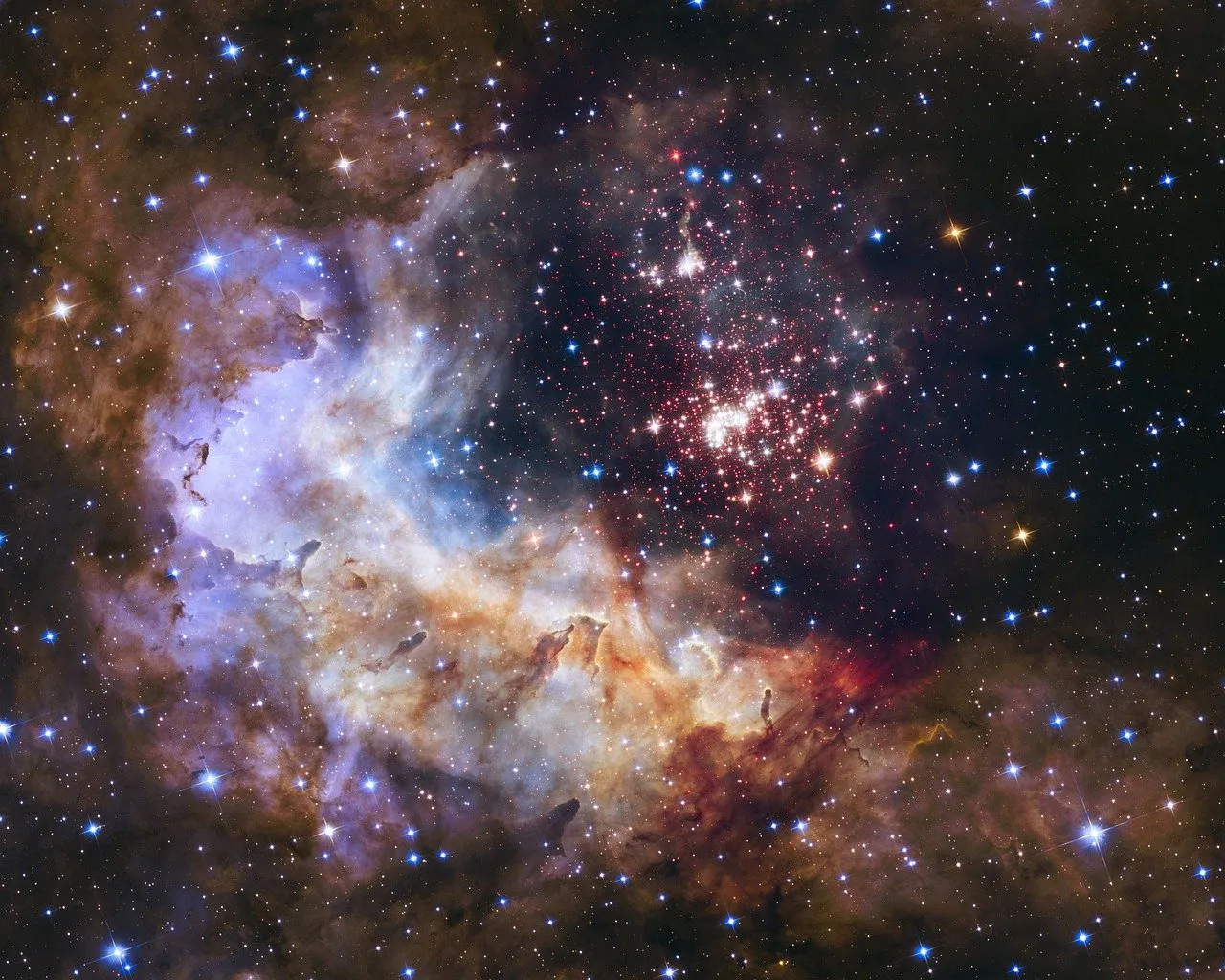
The Hubble Space Telescope, perched on the edge of our atmosphere like an otherworldly sentinel, has transcended the boundaries of space and time. Its ability to gaze into the cosmic abyss has not only expanded our visual perception of the universe but has also allowed astronomers to embark on a remarkable journey through time. At the heart of this cosmic voyage lies the awe-inspiring capability of Hubble to capture the essence of galaxies that emerged when the cosmos was but a cosmic toddler.
The iconic Hubble Deep Field images stand as a testament to the telescope’s prowess in unveiling the secrets of the deep cosmos. Imagine a patch of seemingly empty space, no larger than a grain of sand held at arm’s length. Hubble focused its gaze on this minuscule cosmic canvas, and what emerged was a breathtaking panorama of galaxies, each a luminous jewel in the vast celestial tapestry.
Through meticulous observations, astronomers have deciphered the intricate details of galaxies that existed billions of years ago. The Hubble Deep Field images, Hubble Ultra Deep Field, and subsequent observations have collectively painted a portrait of the universe in its infancy, showcasing galaxies at various stages of formation and evolution. Each pixel in these images encapsulates not just light but a cosmic epoch, a snapshot frozen in time that allows us to peer into the distant past.
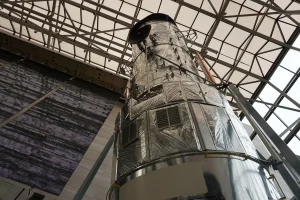
As we navigate through the cosmic sea, guided by the light captured by Hubble’s lens, we encounter galaxies that predate our own Milky Way. The galactic symphonies composed of stars, gas, and dust tell stories of cosmic collisions, gravitational dances, and the relentless march of time. Hubble’s ability to discern the faintest glimmers of light from these distant celestial objects has transformed our understanding of the early universe, providing crucial insights into the processes that shaped the galaxies we observe today.
In essence, the act of peering into the cosmic past with Hubble is akin to opening a celestial time capsule. It allows us to witness the grand cosmic narrative unfolding over billions of years, from the formation of the first galaxies to the evolution of the cosmic web. Hubble’s role as a cosmic time machine is not merely a scientific achievement; it is a testament to humanity’s insatiable curiosity and our collective quest to unravel the mysteries of the cosmos.
As we marvel at the Hubble Deep Field images, we are not just observing distant galaxies; we are becoming time travelers, traversing the epochs of the universe and witnessing the celestial ballet that has unfolded over cosmic ages. The deep cosmos, unveiled by Hubble, beckons us to explore further, to question the very fabric of our existence, and to continue our cosmic odyssey with a sense of wonder and humility.
Probing Exoplanets and Their Atmospheres
Characterizing Exoplanets
Beyond the boundaries of our solar system lie a myriad of exoplanets, each with its own unique story waiting to be unveiled. The Hubble Space Telescope has emerged as a pioneer in the study of these distant worlds, employing its advanced instruments to not only detect exoplanets but also to scrutinize the secrets held within their atmospheres.
The process of exoplanet characterization involves analyzing the spectrum of light as it passes through the exoplanet’s atmosphere. Hubble’s spectrographs play a crucial role in deciphering this spectral information, revealing details about the atmospheric composition, temperature, and potential habitability. Through this groundbreaking work, Hubble has expanded our understanding of the vast diversity of planetary systems, uncovering worlds that challenge our preconceived notions about the potential for life beyond Earth.
Unravelling the Mysteries of Dark Matter
Gravitational Lensing Reveals Dark Matter
In the cosmic theater where the unseen orchestrates the dance of galaxies, dark matter emerges as an elusive and enigmatic protagonist. Its existence, though inferred through gravitational effects, remains hidden from direct observation. Enter the Hubble Space Telescope, an instrumental cosmic detective that employs the phenomenon of gravitational lensing to unravel the mysteries veiled by the cosmic shadows.
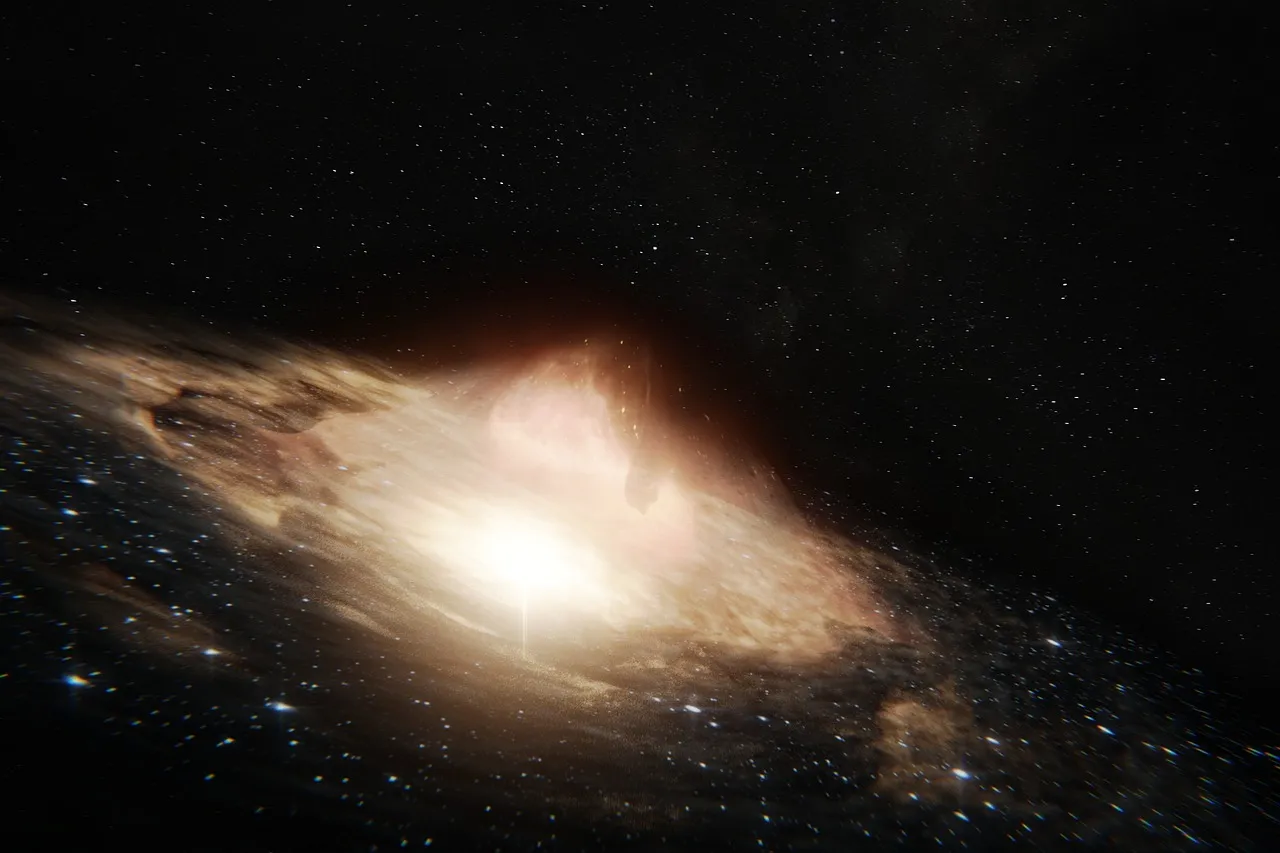
Gravitational lensing, a cosmic phenomenon predicted by Einstein’s theory of general relativity, occurs when the gravitational field of a massive object, such as a galaxy or a galaxy cluster, warps the spacetime around it. This gravitational warping acts as a cosmic magnifying glass, bending and distorting the light emanating from more distant objects beyond the massive foreground object. In essence, the mass of the intervening object acts as a lens, allowing astronomers to observe a magnified and distorted image of the background object.
Hubble’s keen eye has been trained on these gravitational lensing events, providing a unique and powerful tool for mapping the distribution of dark matter in the universe. The lensing effect is particularly pronounced in galaxy clusters, where the collective gravitational pull of myriad galaxies and dark matter create intricate patterns of bending and magnification.
By scrutinizing the distorted shapes of background galaxies, astronomers can create detailed maps of the dark matter distribution within the foreground galaxy cluster. These maps offer a glimpse into the unseen cosmic scaffolding that holds galaxies in its gravitational embrace. The ability to discern the presence and distribution of dark matter through gravitational lensing has been a pivotal advancement in our quest to understand the invisible cosmic architecture that shapes the large-scale structure of the universe.
The cosmic ballet of light and gravity, as choreographed by gravitational lensing, has unveiled unexpected intricacies in the cosmic web. Dark matter, once relegated to the shadows of the universe, is now brought into the forefront of astronomical exploration. Hubble’s observations have allowed astronomers to study the gravitational lensing effects not only in galaxy clusters but also in individual galaxies, providing a detailed roadmap of the dark matter landscape on both large and small scales.
These gravitational lensing observations have not only confirmed the presence of dark matter but have also revealed its profound influence on the visible matter that we can observe. Galaxies, it seems, are mere puppets on the strings of dark matter’s gravitational dance. The detailed maps of dark matter distribution provided by Hubble’s lensing observations have allowed scientists to quantify the amount of dark matter, understand its role in galaxy formation, and appreciate its significance in shaping the cosmic structures we observe today.
As we peer through the gravitational lens crafted by Hubble, we are granted a unique perspective on the hidden cosmic realms. Dark matter, once an abstract concept, now manifests itself in the bending of light, providing tangible evidence of its existence and influence. Hubble’s role in unraveling the mysteries of dark matter through gravitational lensing is not just a scientific triumph; it is a testament to our ingenuity in probing the invisible threads that weave the cosmic tapestry. The cosmic shadows, illuminated by Hubble’s lens, invite us to contemplate the profound mysteries that lie beyond our current understanding and beckon us to continue our exploration of the unseen forces that shape the cosmos.
Charting the Expansion of the Universe
Key Role in Measuring the Hubble Constant
In the vast expanse of the cosmos, where galaxies drift like cosmic islands, the Hubble Space Telescope has played a pivotal role in unraveling one of the fundamental mysteries of the universe – the rate of its expansion. This cosmic voyage, marked by meticulous observations and scientific inquiry, centers around a crucial cosmic parameter known as the Hubble Constant.
The Hubble Constant, denoted by the symbol ‘H₀,’ encapsulates the rate at which the universe is stretching, akin to the relentless beating of its cosmic heart. It serves as a cosmic yardstick, measuring the velocity at which galaxies are receding from one another, indicative of the overall expansion of the universe. Understanding this rate of expansion is tantamount to deciphering the very fabric of the cosmos and has profound implications for our comprehension of the universe’s past, present, and future.
Hubble’s key role in measuring the Hubble Constant involves a multi-step process, starting with the observation of distant galaxies. By capturing the light emitted by these galaxies and analyzing their spectra, astronomers can determine the redshift, a phenomenon where the wavelength of light stretches as the universe expands. The redshift provides a measure of the velocity at which a galaxy is moving away from us, offering a glimpse into the expansive nature of the cosmos.
The precision and accuracy of Hubble’s observations have enabled astronomers to refine measurements of the redshift, allowing for more accurate calculations of the Hubble Constant. However, this seemingly straightforward process has led to a scientific conundrum known as the “Hubble Tension.”
The Hubble Tension arises from discrepancies between the measurements of the Hubble Constant obtained by Hubble and those derived from other methods, such as the cosmic microwave background observations by the Planck satellite. While Hubble’s measurements are based on the velocity of galaxies in the nearby universe, Planck’s observations focus on the early universe’s imprints on the cosmic microwave background radiation. The tension between these measurements has sparked intense scientific debates, challenging our fundamental understanding of cosmic expansion.
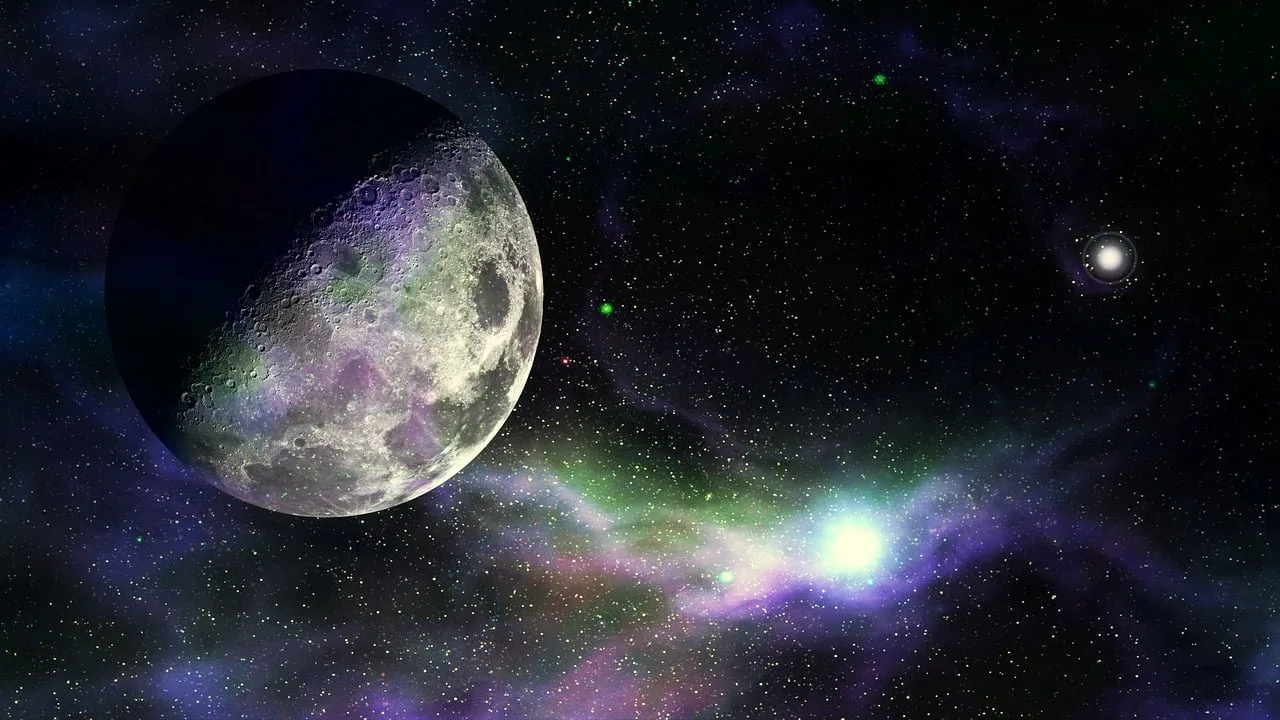
Hubble’s observations, embedded in the ongoing saga of measuring the Hubble Constant, have ushered in an era of precision cosmology. The telescope’s data has not only deepened our understanding of cosmic expansion but has also opened avenues for further exploration into the underlying factors influencing the universe’s rate of stretching.
As scientists grapple with the Hubble Tension, the Hubble Space Telescope continues to provide critical data, acting as a cosmic sentinel that meticulously charts the movements of galaxies in the vast cosmic sea. The telescope’s legacy is not merely in its ability to capture awe-inspiring images but in its role as a celestial surveyor, guiding us through the intricacies of cosmic expansion and challenging our understanding of the cosmos.
Hubble’s journey to measure the Hubble Constant represents a profound chapter in the ongoing cosmic narrative. It urges us to question, to explore, and to seek a deeper understanding of the forces shaping the universe. As we navigate the cosmic currents with Hubble’s guidance, the mysteries of cosmic expansion unfold, inviting us to contemplate the intricacies of the cosmos and inspiring the next generation of cosmic explorers to chart the ever-expanding cosmic frontier.
Supernova Chronicles and Stellar Evolution
Capturing Stellar Explosions
Stellar evolution unfolds as a cosmic drama, with stars being born, evolving, and eventually meeting their dramatic demise. The Hubble Space Telescope has been an invaluable chronicler of this celestial narrative, capturing the grand finales of massive stars through its observations of supernovae.
These cataclysmic explosions not only serve as cosmic fireworks but also offer profound insights into the lifecycle of stars and the elemental enrichment of the cosmos. Hubble’s high-resolution imaging capabilities enable scientists to study the aftermath of supernovae, unraveling the complex processes that govern stellar explosions and their impact on the surrounding interstellar medium. Through these observations, Hubble contributes to our understanding of the cosmic cycles of birth, life, and death that shape the stellar landscape.
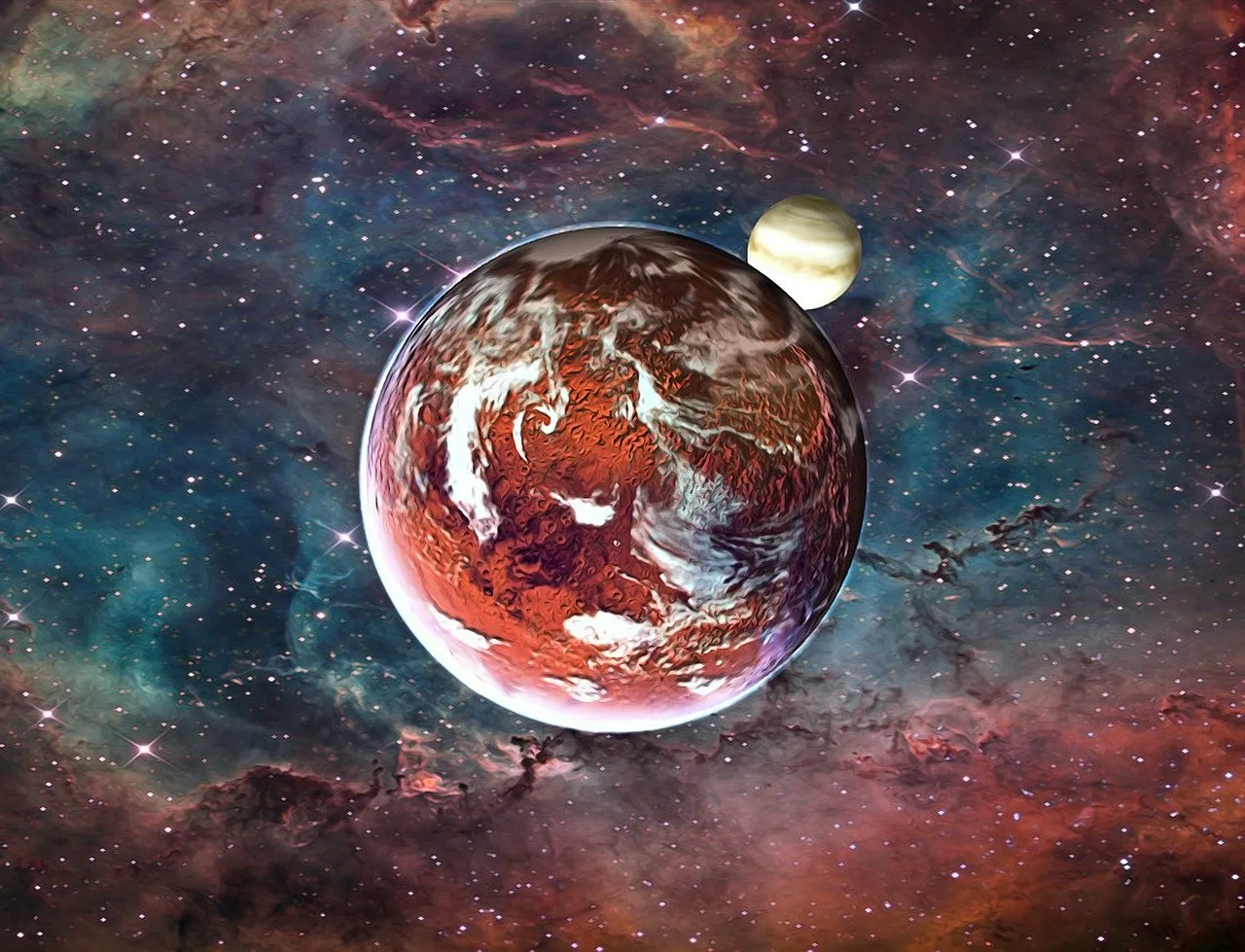
Stellar Nurseries and Nebulae
Unveiling the Birthplaces of Stars
The cosmic cradles of star formation, often shrouded in the ethereal beauty of nebulae, have been brought to life through the lens of the Hubble Space Telescope. From the iconic “Pillars of Creation” in the Eagle Nebula to the intricate details of the Orion Nebula, Hubble’s observations offer a front-row seat to the cosmic ballet where stars are born.
Stellar nurseries are complex ecosystems of gas and dust, sculpted by the forces of gravity, radiation, and stellar winds. Hubble’s high-resolution images peel back the layers of these nebulous regions, revealing the intricate structures and processes that give rise to new stars and planetary systems. By capturing the sublime beauty and chaotic dynamics of stellar nurseries, Hubble enriches our understanding of the cosmic environments that shape the birth and evolution of celestial bodies.
Conclusion
As we reflect on the cosmic odyssey of the Hubble Space Telescope, we are confronted not only with a trove of scientific discoveries but also with a profound shift in our cosmic perspective. Hubble’s legacy extends far beyond its role as a scientific instrument; it resonates as a symbol of human curiosity and exploration. The revelations brought forth by Hubble have not merely scratched the surface of cosmic understanding; they have paved the way for future generations to delve even deeper into the mysteries of the universe.
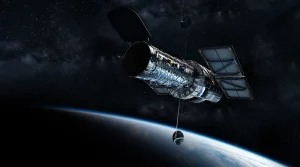
The Hubble Space Telescope’s cosmic journey continues, as it captures the sublime beauty of the cosmos and contributes to our evolving narrative of the universe. From the depths of galactic vistas to the intricate dance of celestial bodies, Hubble stands as a testament to the human spirit of exploration and the insatiable quest for knowledge. As we gaze into the cosmos through the lens of Hubble, we are reminded that our journey of discovery is boundless, and the universe, with all its splendour and mysteries, awaits our exploration.
#HubbleDiscoveries #CosmicOdyssey
